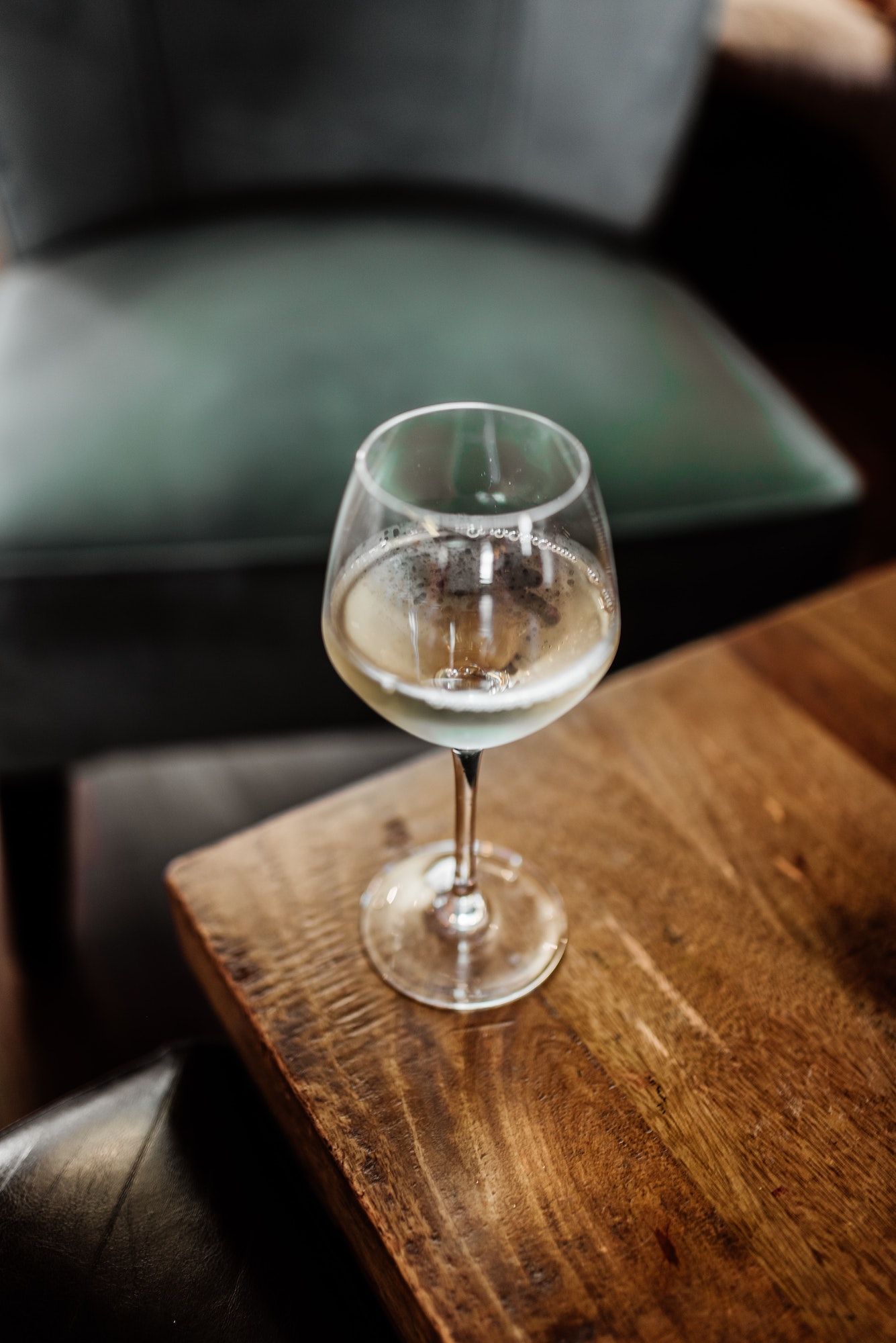We're putting the spotlight on chenin blanc, explaining all you need to know about the diverse grape, and the varieties to try
In the wine world, particularly once you step outside Europe, there is a cabal of grape varieties so dominant that most other grapes are only ever described in relation to them. Among the dark-skinned varieties, pinot noir, merlot, cabernet sauvignon and syrah more or less form a spectrum from red-berried, pale ruby to plummy deep purple. Among light-skinned varieties, you have pungent, grassy sauvignon blanc; floral, tart Riesling and the friendly chameleon chardonnay.
However, to limit your drinking to that handful of varieties (plus a few immensely popular supplements like the insistently innocuous pinot grigio and whichever red grapes somebody has decided to turn into rosé) is to miss out on one of the greatest joys of wine drinking: discovering novel flavours and textures that will leave you marveling that they all came from a few bunches of grapes. The aim of this series is to introduce or re-introduce you to some of the other 1,000+ grape varieties being used to make wine worldwide and recommend a few diverse, exciting examples being made from them.
First up is chenin blanc.

Where:
Chenin’s traditional home is the two middle sections of the Loire Valley in northwestern France: Anjou-Saumur (including dry Savennières and sweet Coteaux du Layon, plus Anjou and Saumur themselves) and Touraine (home to typically off-dry Vouvray and dry Montlouis). However, its presence is even more marked in South Africa, where it was once known as steen and is the most planted variety, grown all over the country. The most exciting examples generally come from old bushvines in Stellenbosch and Swartland. California, New Zealand and Australia each have a little bit, much left over from each country’s early days of viticulture when chenin contributed to the sea of generic whites.
What:
Dry white, off-dry white, sweet white, sparkling
Why:
Imagine if chardonnay and riesling had a child but instead of being the average of its parents it inherited the extremities of each: riesling’s electric acid, floral brilliance, site-expressiveness and affinity for botrytis and residual sugar and chardonnay’s ability to play nicely (sometimes) with new oak and develop a waxy, textural palate even at moderate alcohol levels. On top of this, chenin has its own unique brand of ineffable seductiveness.
